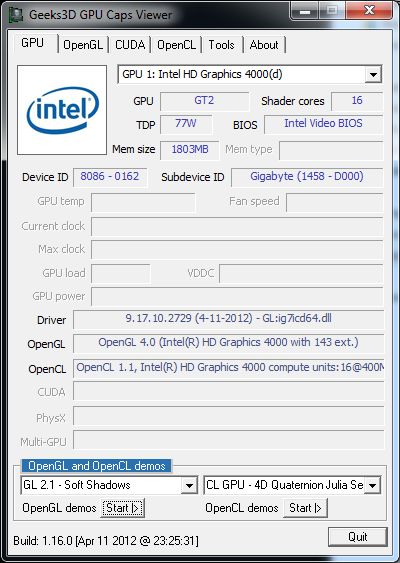


The results are all without enabling DLSS, FSR, or XeSS on the various cards, mind you. Those of course require a ray tracing capable GPU so only AMD's RX 7000/6000-series, Intel's Arc, and Nvidia's RTX cards are present. Our full GPU hierarchy using traditional rendering (aka, rasterization) comes first, and below that we have our ray tracing GPU benchmarks hierarchy. in the RTX 4070 Ti and RX 7900 XTX/XT reviews) takes care of the drivers and game updates question, as does focusing on higher resolutions where CPU and platform limitations are less present. The RX 6950 XT data from mid-2022 indicates that it's faster than the RX 7900 XTX at 1080p in some games, for example, and that might be due to game and driver updates in the intervening time. No new GPUs have been added since last month, though we're looking into so oddities with some of the numbers. We're still in the process of retesting all of the GPUs on a slightly revamped test suite, using a Core i9-13900K instead of the current 12900K and can hopefully add that data in the next few weeks. Whether it's playing games or doing high-end creative work like 4K video editing, your graphics card typically plays the biggest role in determining performance, and even the best CPUs for Gaming take a secondary role. Our GPU benchmarks hierarchy ranks all the current and previous generation graphics cards by performance, including all of the best graphics cards.


 0 kommentar(er)
0 kommentar(er)
